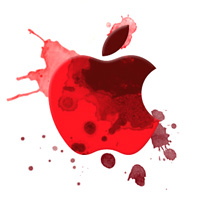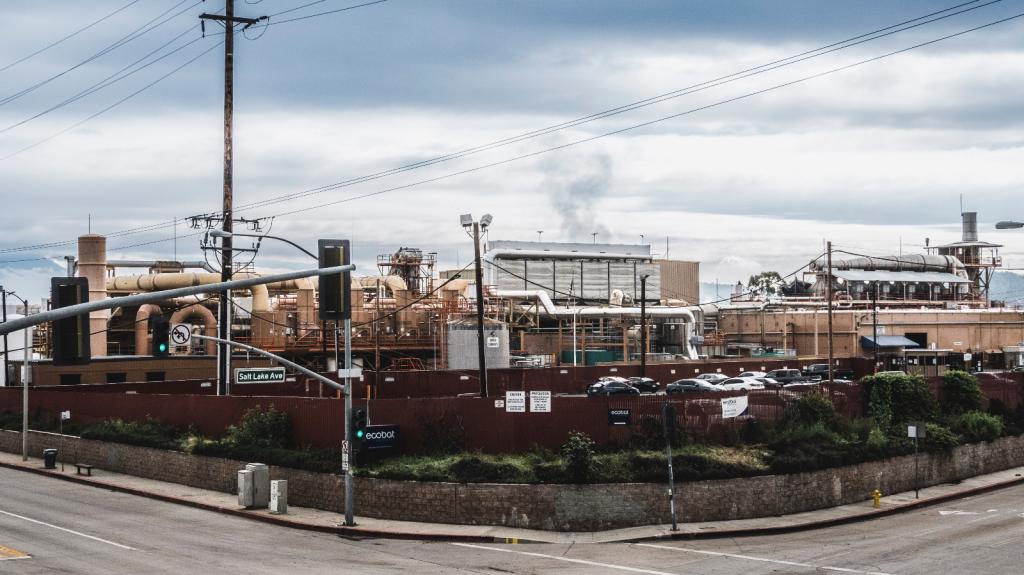 How can we best protect the wee ones?For survivors of Japan’s devastating earthquake and tsunami, there have been so many concerns: access to clean water and food, the need for shelter, the threat of disease. It’s the same awful list that accompanies natural disasters around the world — but with one big difference.
How can we best protect the wee ones?For survivors of Japan’s devastating earthquake and tsunami, there have been so many concerns: access to clean water and food, the need for shelter, the threat of disease. It’s the same awful list that accompanies natural disasters around the world — but with one big difference.
In Japan, survivors also face the ongoing threat of radiation released by six reactors at the Fukushima Daiishi nuclear power plant. Under circumstances still not fully understood, the cooling systems at Fukushima lost power after the earthquake and tsunami. Large amounts of radioactive materials were blown hundreds of feet into the air from hydrogen explosions at the plant, contaminating a large surrounding area.
Kikuko Murakami survived the natural disasters. But, like many Japanese, she is not reassured by the constant government refrain that radiation from Fukushima poses little or no threat to human health for those living outside of a 12-mile exclusion zone.
“We are worried,” Murakami said at a recent press conference focusing attention on the concerns of one important group: breast-feeding mothers. Murakami is the spokesperson for the Breast Milk Mothers Network, a citizen’s group in Fukushima city. “With news that radiation continues to escape from the nuclear accident, the government must do more,” she says.
Specifically, the Breast Milk Mothers Network called on the government to pay an independent laboratory to test breast milk for radiation contamination, and to evacuate nursing mothers whose milk tests positive.
The possibility of a mother passing tainted milk to her infant through breast-feeding is appalling even in the abstract. But the problem is real. Independent tests on nine breast milk samples collected on March 24 and March 30 found radioactive iodine-131 (I-131) in four nursing mothers — all of them living far from the exclusion zone. One woman’s home is 120 miles from Fukushima Daiichi, and just 20 miles from downtown Tokyo.
Reason to worry?
The level of radiation in the women’s milk ranged from 173 picocuries per kilogram to a high of 980 picocuries. Even the highest reading is “a very small amount,” says Dr. Alan Lockwood, professor of neurology and nuclear medicine at the University of Buffalo and past president of the group Physicians for Social Responsibility. “However,” he adds, “there is no level of radiation exposure that is demonstrably safe.”
The Japanese government, nuclear industry officials, and much of the mainstream media stress the first part of Lockwood’s statement while ignoring the second.
“Too much concern is unnecessary,” said Japanese Chief Cabinet Secretary Yukio Edano, the day after the press conference, pointing out that the radiation levels were well below safety limits. But in fact Japan has no such limits for breast milk; Edamo was using the standard set for tap water: 2,700 picocuries for infants under a year old.
Many scientists and health professionals were uncomfortable with Edano’s definitive statement that radiation would have no impact on breast-fed infants.
As Murakami pointed out during the mothers’ press conference, phrases such as “no immediate risk of health problems” are misleading in discussing the primary threat from radiation. While extremely high levels of exposure produce acute symptoms, the damage from lower doses usually take years to appear.
“Around Chernobyl, rates of leukemia and thyroid cancer in children reached their peak 10 years after the disaster,” she said. Diseases “torment the victims for many years” after the initial exposure.
Says Lockwood, “I-131 ingested by a baby will be concentrated in the baby’s thyroid gland, increasing the risk for developing thyroid cancer later in life.”
He adds that the risk is proportional to the radiation exposure. In other words: Since the exposure was low, the risk to an individual child is also low.
There’s an equally valid way of looking at risk, however. Say that the likelihood of dying from ingesting a chemical is one in 10,000. On an individual level, that seems pretty safe. But it also means that if a million people consume the chemical, 100 of them will die.
The vast majority of infants who drink contaminated breast milk will be fine. A few, however, are likely to develop cancer — 10, 20, or even 30 years from now.
Pathways of exposure
No one can be certain how the I-131 found in the breast milk contaminated the four women in the test group, but there are several likely pathways.
“In Chernobyl, it was the food chain,” says Dr. Ruth Lawrence, professor of pediatrics and ob-gyn at the University of Rochester, New York. “Cow’s milk was the primary pathway.” In Japan, she says, I-131 could have entered the women’s bodies via contaminated tap water (a widespread problem), airborne particles, or tainted food.
Once ingested, regardless of the source, I-131 isn’t dispersed equally throughout the body. It’s concentrated in the thyroid gland, where iodine is used to produce hormones. These hormones are then passed to a nursing infant through the breast milk, where they settle in the baby’s thyroid gland.
Given the possibility that a mother’s breast milk may carry radioactive time bombs that could go off decades into the future, many women may be tempted to stop breast-feeding.
“That would be a serious mistake,” says Lawrence.
Her opinion carries a lot of weight. Lawrence is widely regarded as the leading medical expert on lactation in the U.S. In 1979, her authoritative book, Breastfeeding: A Guide for the Medical Profession, was published; it quickly became, and remains, the standard reference on the subject.
“It’s better to breast-feed unless there’s absolute proof that it’s dangerous,” she said in an interview.
Lawrence points to the many benefits of breast-feeding — hydration, nutrition, protection against infection and disease — which become even more important following a disaster.
“You have to look at the alternatives, too,” she added. For example, the water used to mix formula may have been the original source of the mother’s contamination. To stop breast-feeding in that case would not only deprive the baby of all the considerable benefits of nursing, but would still allow radiation to concentrate in the child.
I asked Lawrence if nursing mothers who are taking potassium iodide to prevent a buildup of I-131 should stop breast-feeding while taking the pills.
Absolutely not, she said. In fact, the benefits of the medicine are safely passed to the infant through the breast milk.
Government study
Three weeks ago, Japan’s ministry of health announced that it had completed its own study. The government detected radioactive substances in breast milk samples from seven of 23 nursing mothers examined from April 24 to 25. Contamination levels ranged from 59 to 216 picocuries — again, far short of the 2,700 limit for tap water.
In announcing the study, an official minimized any threats, saying that the results “showed that no radioactive material was detected or that only a tiny amount of radioactive material was detected.” Another way of looking at it is that the breast milk from nearly a third of the women surveyed had detectable levels of radiation — hardly a reassuring figure, despite the relatively low amounts.
What’s more, according to an account of the study published in the respected newspaper Asahi Shimbun, the women chosen for the study were all from areas in which people had been asked to drink only bottled water and eat only food that had been checked to ensure it was free of radiation.
Whatever the shortcomings of the study, and the relatively high percentage of women with radioactive substances in their milk, Lawrence urges women to continue breast-feeding. “You have to look at the risk/benefit ratio,” she explains. It’s not that nursing under these conditions is completely safe — but it is likely the best response to a bad situation.



